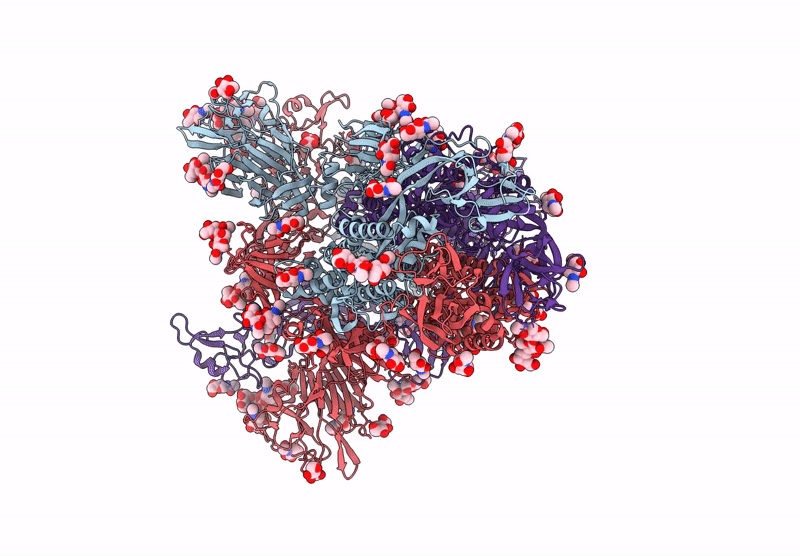
Deposition Date
2024-05-14
Release Date
2025-05-14
Last Version Date
2025-05-21
Entry Detail
PDB ID:
9BT0
Keywords:
Title:
Cryo-EM structure of HCoV-HKU1 Spike glycoprotein (DDD state)
Biological Source:
Source Organism:
Human coronavirus HKU1 (Taxon ID: 290028)
Host Organism:
Method Details:
Experimental Method:
Resolution:
2.23 Å
Aggregation State:
PARTICLE
Reconstruction Method:
SINGLE PARTICLE


